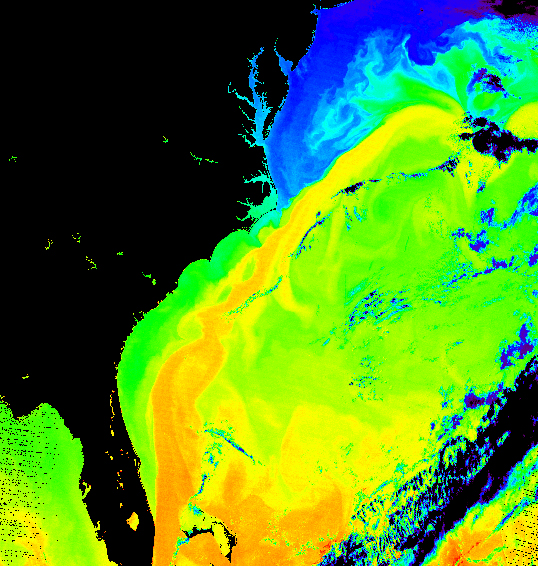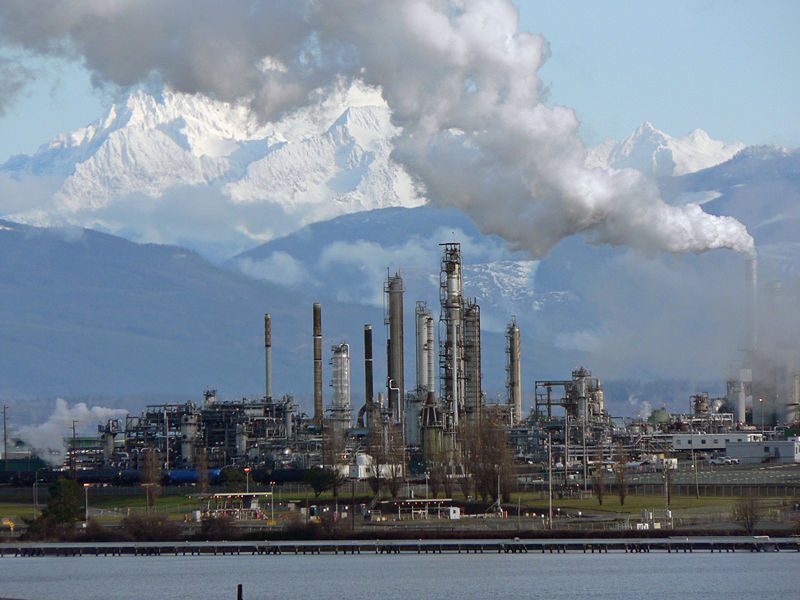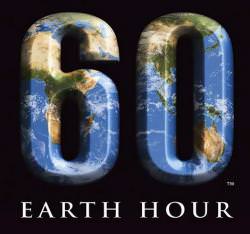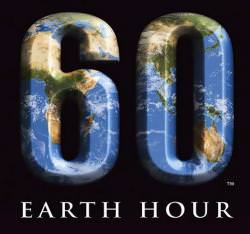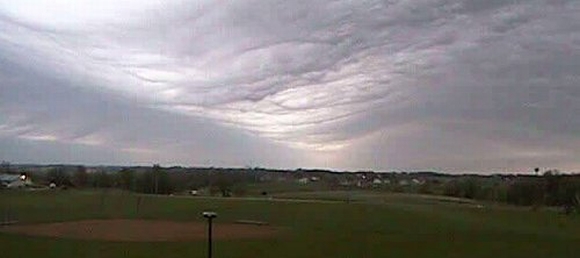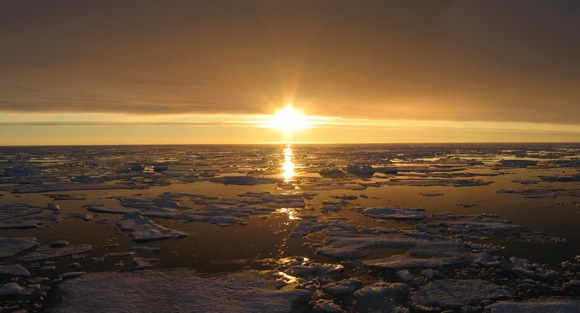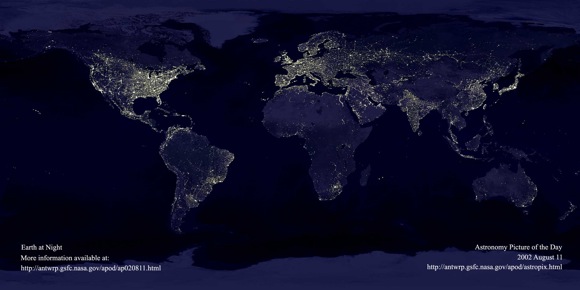It would appear that rising atmospheric temperatures may be slowed or even stopped over the next ten years due to periodic changes in ocean circulation. As the Gulf Stream slows the flow of warm tropical waters from the equator to the North Atlantic, North America and Northern Europe will experience a slight reduction in atmospheric temperatures. This appears to be a natural process that has occurred in historic records. But don’t go getting too excited, this will only pause the global warming trend at best. The UN’s Intergovernmental Panel on Climate Change (IPCC) forecasts a global temperature rise of 0.2°C (0.36°F) per decade, and this trend will continue after the currents have settled…
The oceans are the planets huge heaters and refrigerators. Within the oceans are complex and highly dynamic flows of warm and cool streams. One stream in particular, the Gulf Stream, reaches from the tropical waters of the Gulf of Mexico to the cold waters of Northern Europe. As the tropical stream of water travels north and cools, it sinks and flows back in the opposite direction, carrying the cold North Atlantic water south. This ocean “conveyor belt” maintains the surprisingly warm weather systems that Europe experiences. Without this supply of ocean heat, countries at these high latitudes (like the UK where weather systems are dominated by ocean conditions) would experience the harsh winters more associated with Moscow.
So, in research published in Nature on Thursday, it would seem the North Atlantic is about to get a little cooler. Mojib Latif, professor at the Leibniz Institute of Marine Sciences in Kiel, northern Germany and his team predict a cooling in North American and European regions, whilst the temperatures of tropical regions will be stabilized. Scientists have known about the weakening of the Gulf Stream for a long time, but this is one of the first studies to demonstrate how this process may influence global temperatures and how global warming isn’t necessarily a gradual increase. But there’s a catch. This trend can only be sustained for ten years, after which atmospheric global warming will continue to increase at the IPCC rate. The German scientists are clear that they are not disputing the IPCC figures:
“Just to make things clear, we are not stating that anthropogenic [man-made] climate change won’t be as bad as previously thought. What we are saying is that on top of the warming trend, there is a long-periodic oscillation that will probably lead to a lower temperature increase than we would expect from the current trend during the next years.” – Mojib Latif
This work predicts that the Gulf Stream will slow over the next few years, but other studies argue change is happening now. The saltiness of the Atlantic waters is also a concern. Due to the huge input of fresh melt water from Greenland’s glaciers and Siberian permafrost over the past few years, the stream has been strongly affected. It would appear there are many factors when considering how these vast currents can be influenced.
There is a warning in this new study. The weakening of the Gulf Stream is part of a natural oscillation. We may be facing a weakened stream over the next ten years, cooling the climate, but there will also be a strengthening of ocean currents in the future. What happens when the stronger currents begin heating North Atlantic waters?
Source: Physorg.com

